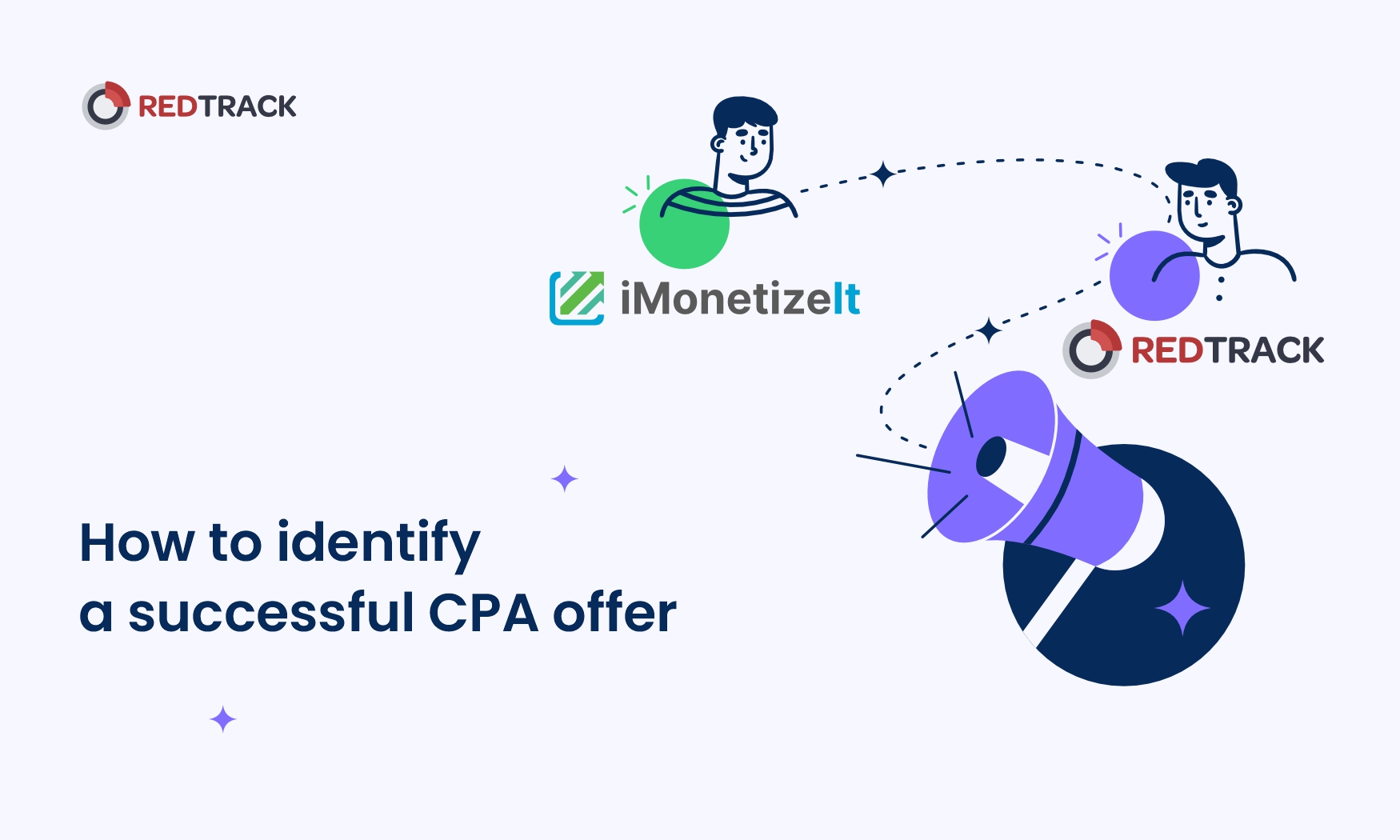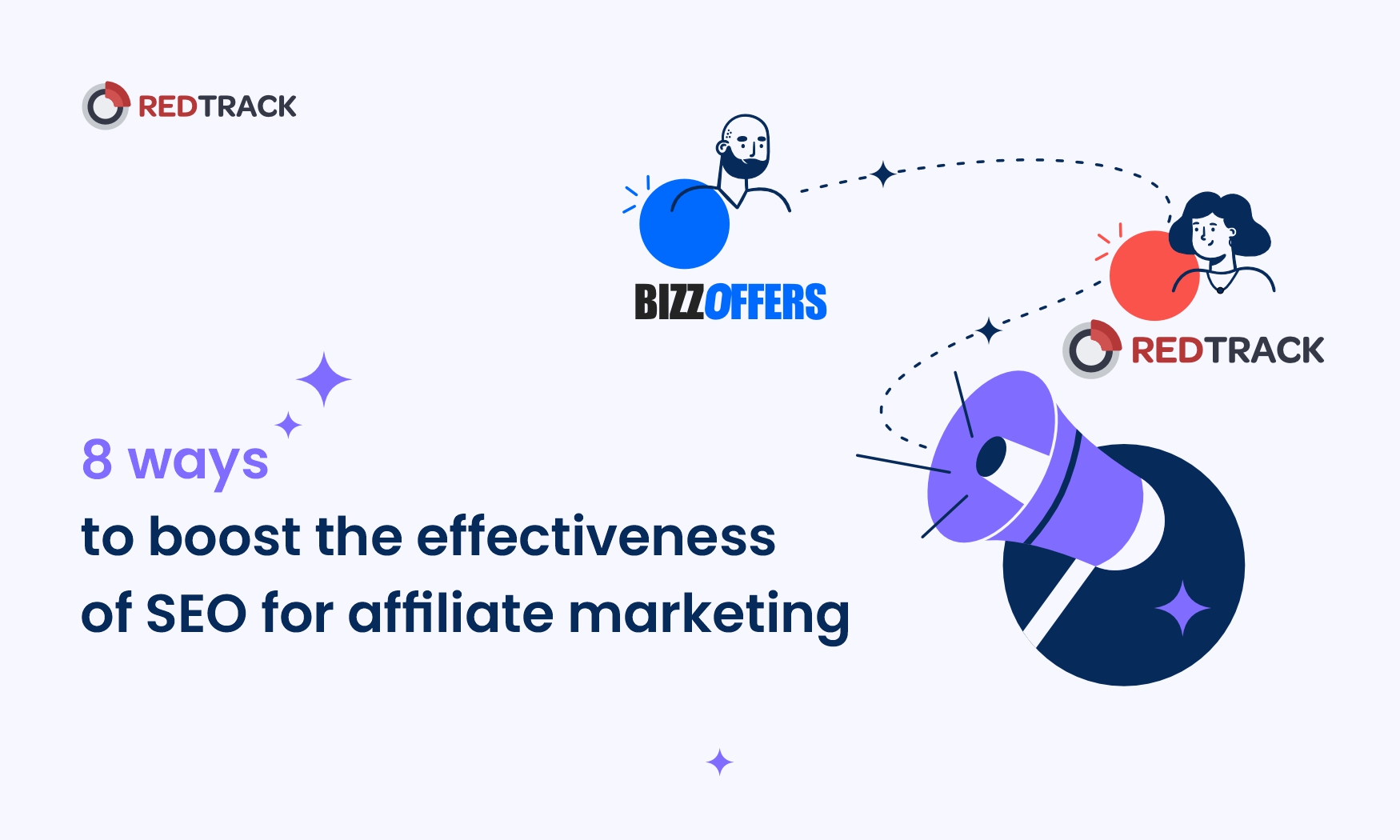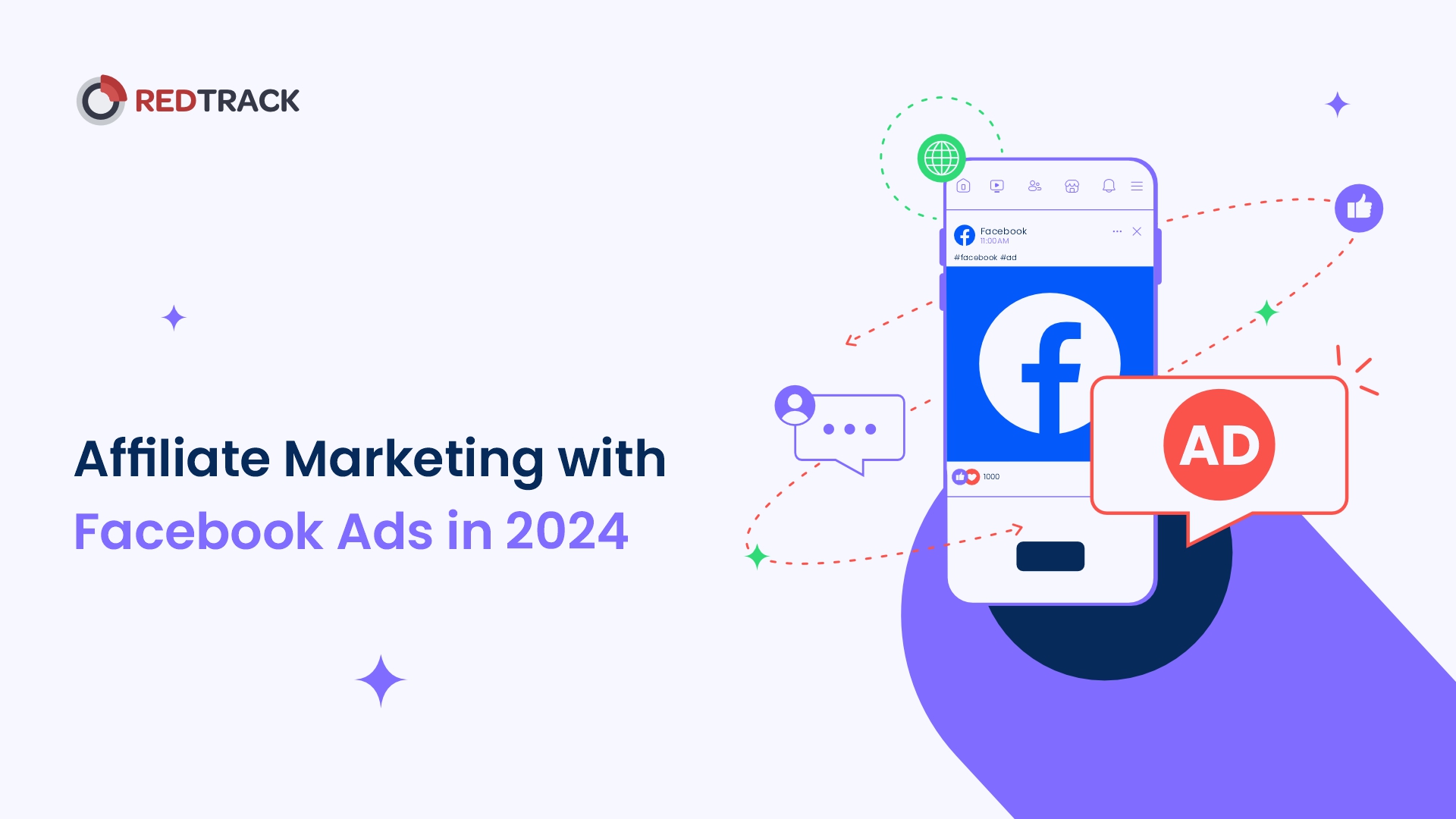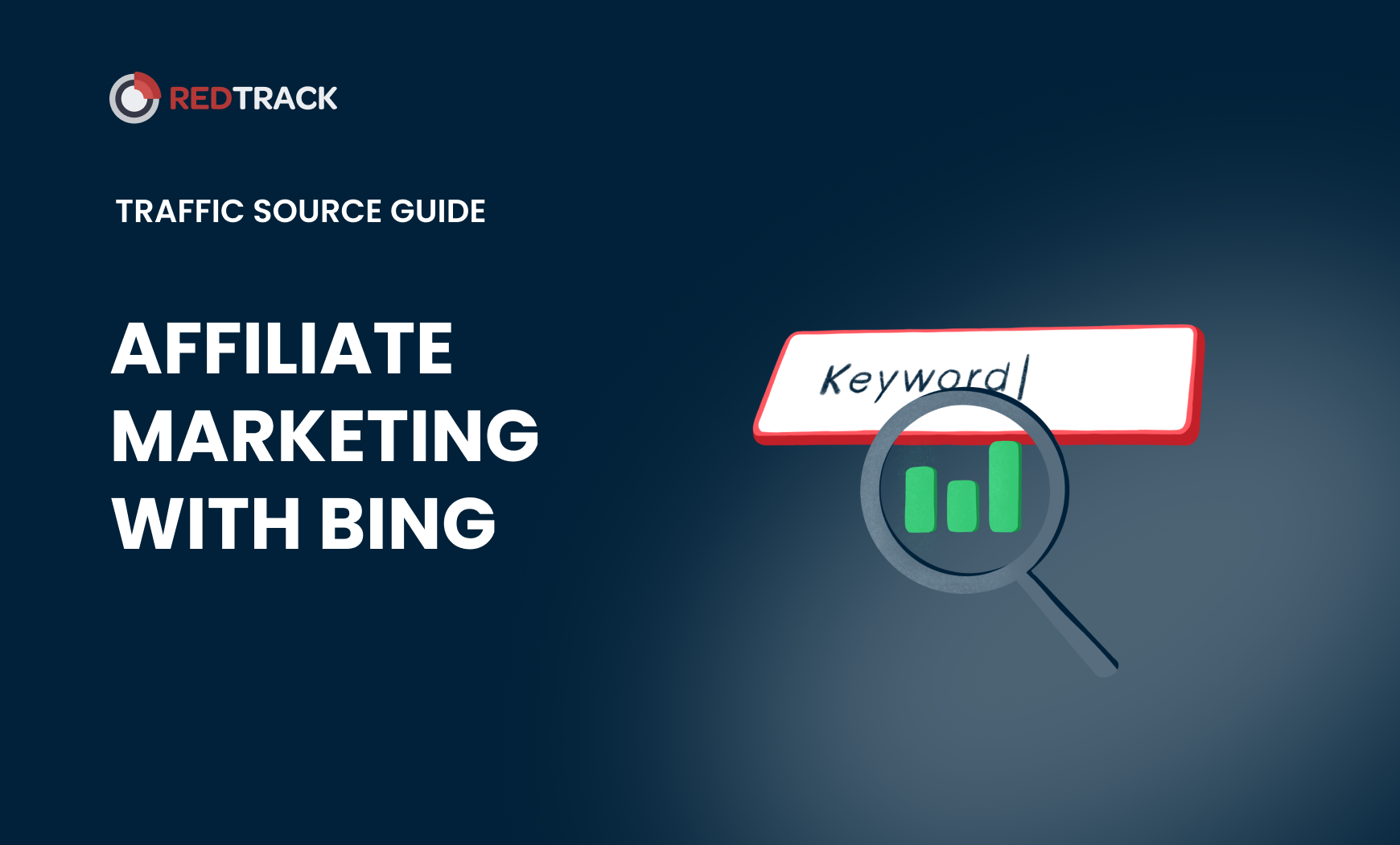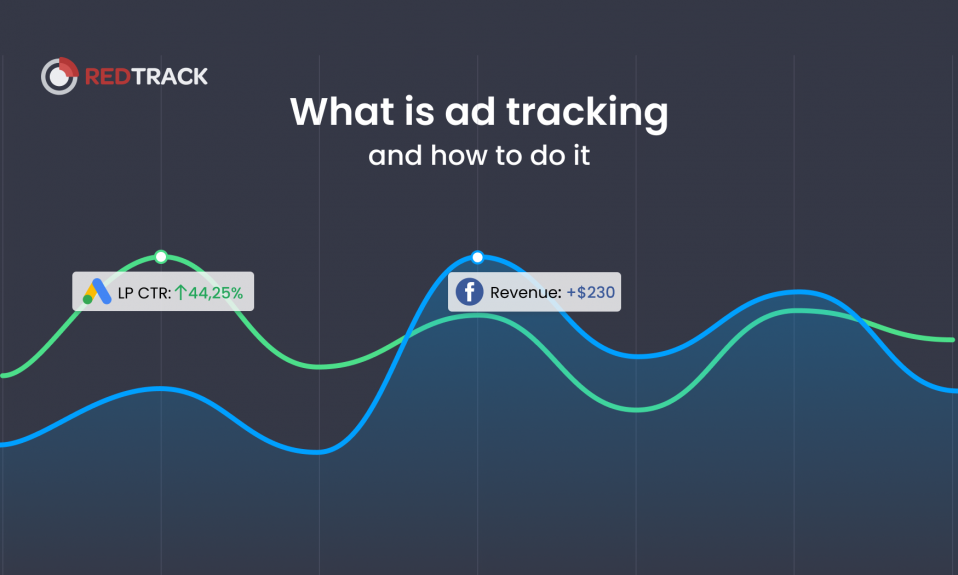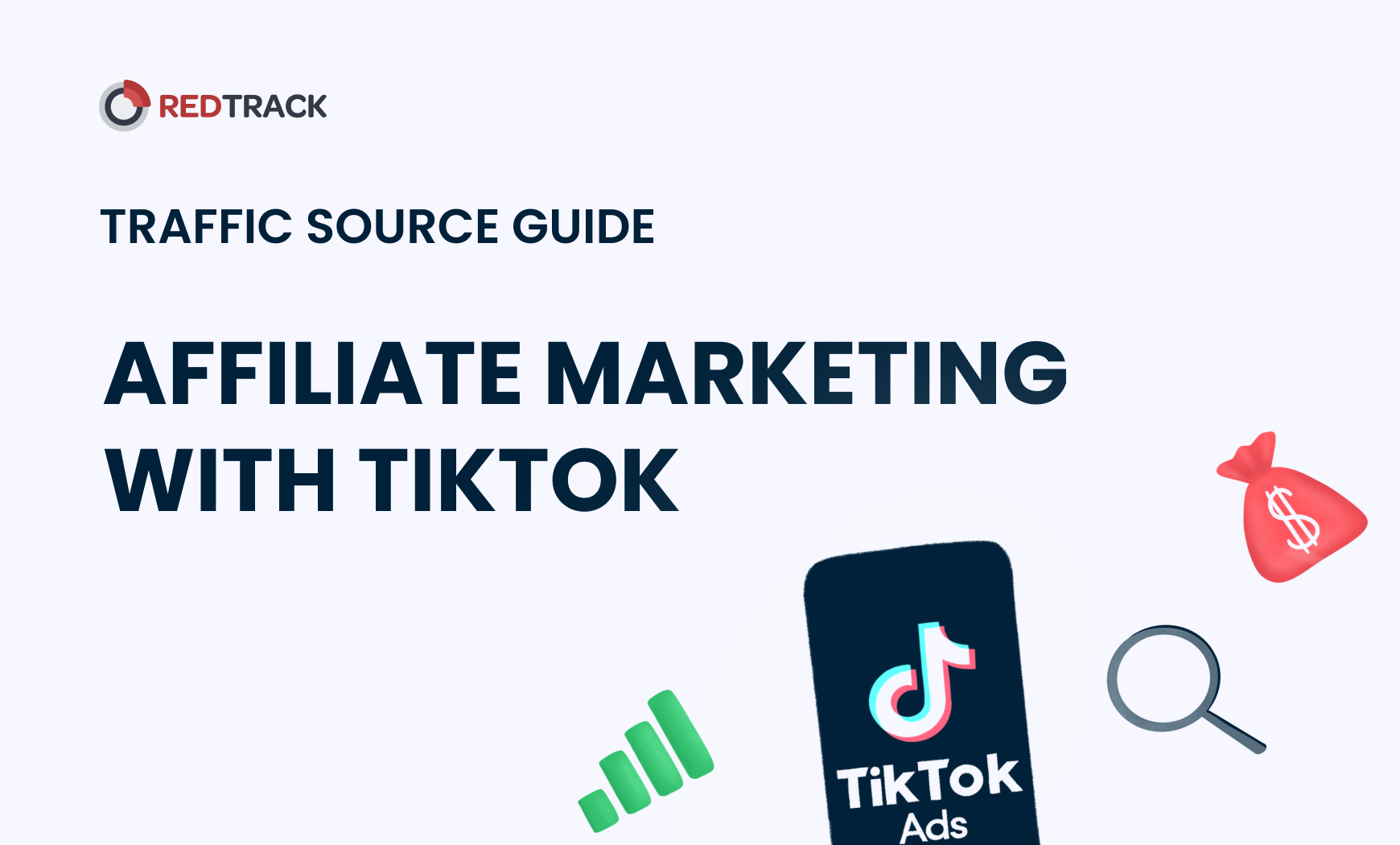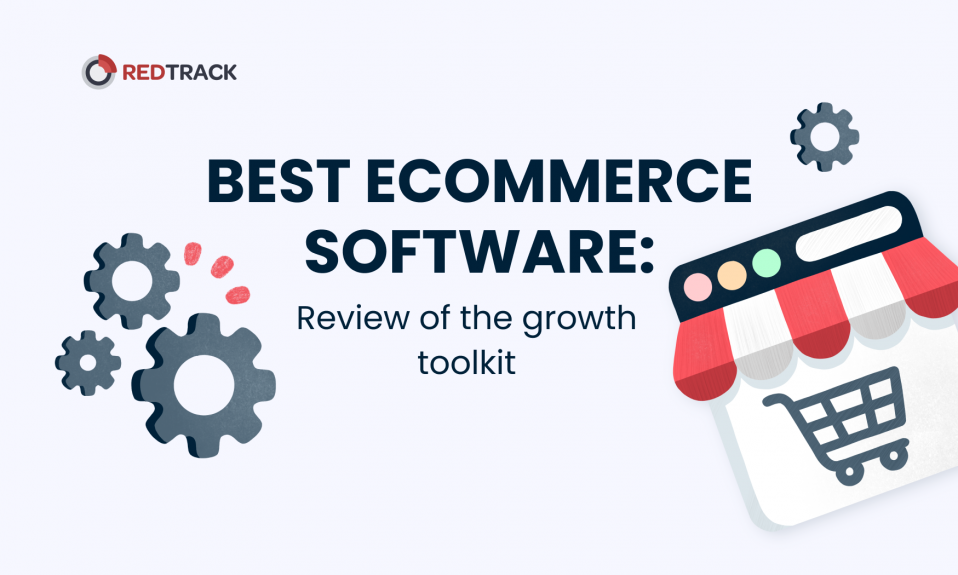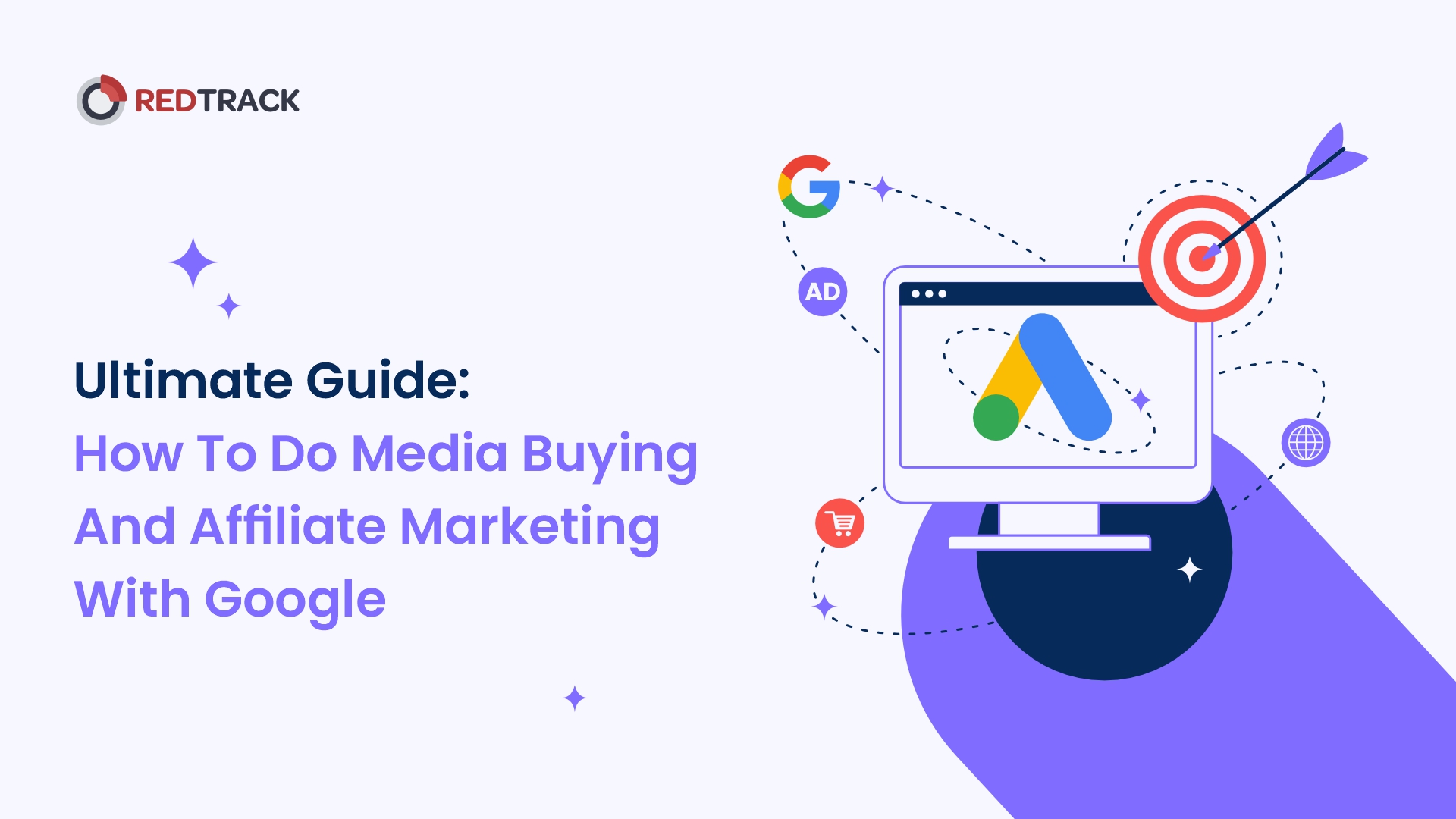
In the digital advertising world, Google stands as a towering presence, offering unparalleled opportunities for media buyers and affiliate marketers. With its vast user base and sophisticated tools, Google provides a rich platform for targeted advertising and successful affiliate marketing campaigns. This article explores how media buyers and affiliate marketers can leverage Google’s extensive capabilities to bolster their digital strategies and achieve remarkable results.
Google for Media Buyers
Google’s dominance in the digital space offers a plethora of benefits for media buyers and affiliate marketers:
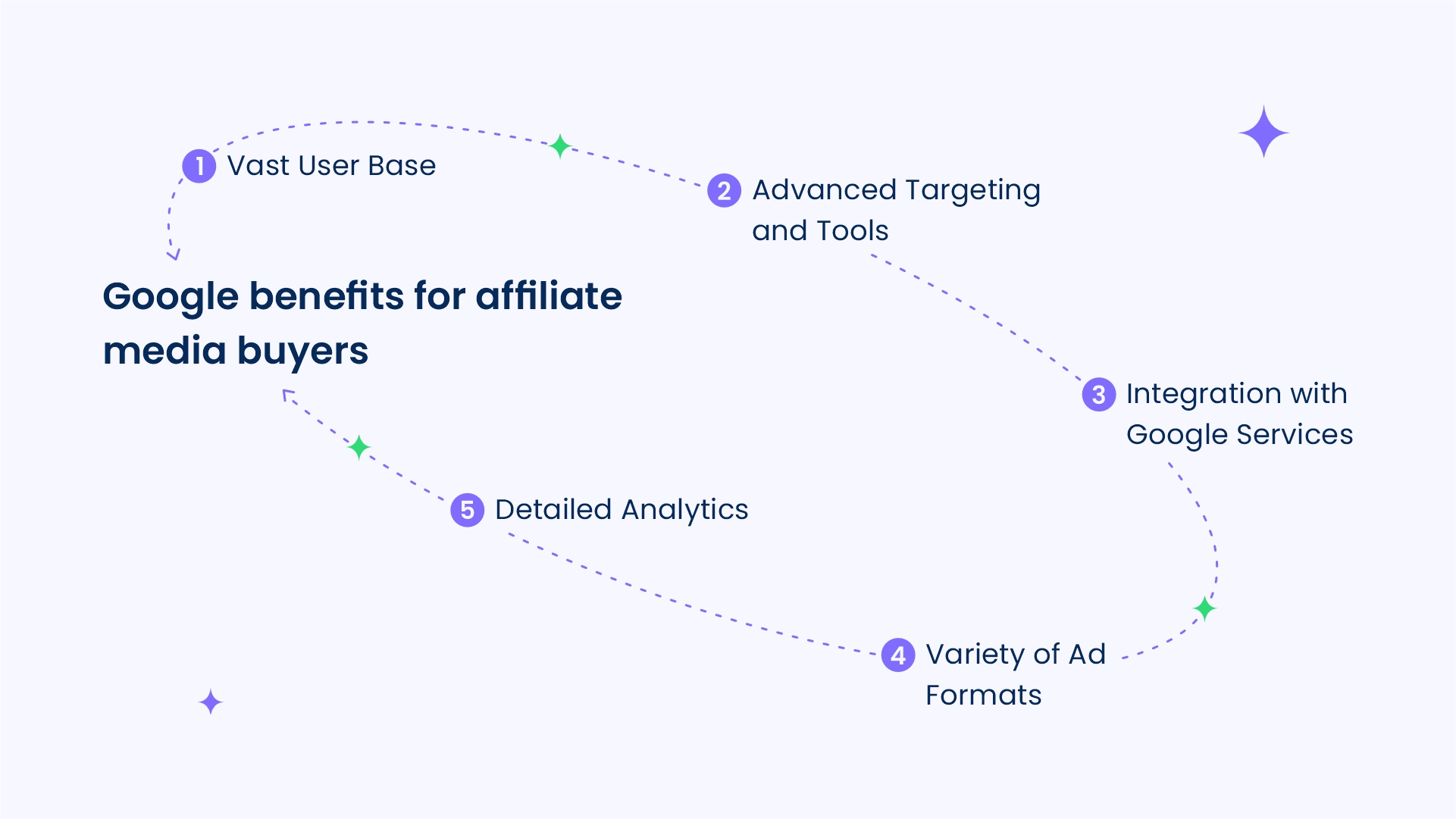
- Vast User Base: Google’s extensive reach across various demographics makes it an ideal platform for a wide range of product categories.
- Advanced Targeting and Tools: Google Ads offers sophisticated targeting options, including remarketing and interest-based targeting, crucial for precise audience segmentation.
- Integration with Google Services: Google’s ecosystem, including YouTube and Google Shopping, provides a comprehensive environment for diverse advertising strategies.
- Variety of Ad Formats: Google supports numerous ad formats, from search ads to display and video ads, meeting various marketing requirements.
- Detailed Analytics: Google’s analytics tools are robust and insightful, offering deep dives into campaign performance and audience behavior.
Leveraging Google for Affiliate Marketing: A Closer Look
Google’s ecosystem offers a fertile ground for affiliate marketers, rich with opportunities for targeted campaigns and high engagement. Let’s dive deeper into each aspect of leveraging Google for affiliate marketing, uncovering the strategies that can turn these opportunities into successful marketing ventures.
Maximizing Google Ads for Targeted Reach
When it comes to affiliate marketing, Google Ads stands out as a powerful tool. Its ability to reach a vast and varied audience is unmatched. By tapping into this platform, you can place your affiliate offers in front of the right eyes. The key here is to use Google’s advanced targeting capabilities. Whether it’s selecting specific demographics, interests, or even retargeting previous website visitors, Google Ads allows for a precision that can significantly improve the effectiveness of your campaigns. With the right strategy, your ads won’t just reach more people; they’ll reach the right people, increasing the likelihood of higher engagement and conversions.
Optimizing for Google’s Diverse Audience
Google’s user base is as diverse as it gets, encompassing various interests, ages, and geographical locations. This diversity presents a golden opportunity for affiliate marketers. By understanding the nuances of this audience – their search habits, preferences, and behavior online – you can tailor your content and ads to resonate more deeply with them. This might mean creating more targeted ad copy or choosing specific keywords that align closely with their search queries. The goal is to make your affiliate offers not just visible, but also relevant and appealing to the segments of Google’s audience most likely to be interested in them.
Exploring Google Shopping for E-commerce Affiliates
For those in the e-commerce affiliate space, Google Shopping is a game-changer. This feature allows you to showcase products through visually appealing ads that include images, prices, and product descriptions, directly in the search results. This visual component can be particularly compelling, as it gives potential customers a clear and immediate idea of what you’re offering. Moreover, because these ads appear based on the user’s search query, they’re already tailored to the user’s immediate interests, increasing the chances of capturing their attention and directing them to your affiliate products.
Integrating with YouTube for Visual Impact
YouTube, as part of Google’s ecosystem, offers a unique avenue for affiliate marketers, especially when your products or services lend themselves well to visual representation. Imagine showcasing a product’s features through a how-to video or a review, and then directly linking to your affiliate offer. YouTube not only helps in demonstrating the value of a product in a way that text and images can’t match but also allows you to reach an audience that prefers video content. This integration means you can create comprehensive campaigns that span across Google’s search engine and YouTube, offering multiple touchpoints to engage with your target audience.
In summary, Google’s suite of tools provides a rich and varied landscape for affiliate marketers. From the precision targeting of Google Ads and the wide-reaching appeal of its diverse audience, to the visual allure of Google Shopping and YouTube’s engaging video content, there’s a multitude of ways to amplify your affiliate marketing efforts. By strategically leveraging these tools, you can craft campaigns that not only reach a broad audience but also resonate deeply with them, driving conversions and bolstering your marketing success.
Navigating Performance Tracking and Analytics on Google in a Privacy-Conscious Era
In today’s digital marketing landscape, where data privacy regulations like GDPR and iOS14 updates have reshaped the rules of engagement, understanding and leveraging Google’s analytics capabilities becomes a pivotal aspect for affiliate media buyers. This environment demands a balance between insightful data collection and adherence to privacy norms, a challenge that Google’s tools are well-equipped to meet.
At the core of Google’s offering for performance tracking is Google Analytics. This tool provides a wealth of information about user interactions following ad clicks. You can track conversions, monitor user behavior on your site, and gather insights that are crucial for understanding the effectiveness of your affiliate campaigns. However, the shift towards privacy-centric marketing, propelled by GDPR and iOS14, means that the ways in which you collect and interpret this data must evolve.
The key is to focus on privacy-compliant data collection. Google Analytics has adapted to these changes, ensuring that the data collected is in line with the new regulations. This might mean relying more on aggregated and anonymized data, which, while less granular, still offers valuable insights into user behavior and campaign performance.
Another aspect to consider is the shift towards contextual targeting. With restrictions on personal data usage, placing ads based on the content being viewed by the user becomes increasingly important. This approach aligns with the privacy-first direction of the industry, reducing reliance on personal data while still allowing for effective targeting.
First-party data also takes on a new significance. Information directly collected from your website or Google ads, with user consent, becomes a goldmine. This data is not only more privacy-compliant but can also offer deep insights into customer preferences and behaviors.
In terms of adapting to the post-GDPR and iOS14 era, it’s about redefining what successful tracking and attribution look like. This might mean shifting focus to broader campaign metrics like overall traffic, click-through rates, and conversion trends. While you may lose some of the granular tracking capabilities, these broader metrics still provide a solid foundation for evaluating campaign performance and making informed decisions.
In essence, navigating performance tracking and analytics on Google in this new era is about finding the sweet spot between gathering insightful data and respecting user privacy. By leveraging Google’s tools within the confines of GDPR and iOS14, affiliate media buyers can continue to drive successful campaigns, armed with data that is both insightful and ethically gathered. This approach not only aligns with regulatory demands but also fosters trust with your audience, an invaluable asset in the world of affiliate marketing.
Performance Tracking in Google’s Ecosystem for Affiliate Marketing Managers
In the realm of affiliate marketing, understanding the nuances of performance tracking within Google’s advertising ecosystem is crucial for any marketing manager. This landscape is characterized by two primary tracking methods: native Google tracking tools and third-party trackers. Each plays a distinct role in the modern stack of affiliate media buyers, offering unique benefits and capabilities.
Native Google Tracking for Affiliates
Google’s native tracking tools, primarily Google Analytics and Google Ads conversion tracking, provide a foundation for understanding campaign performance. These tools offer insights into user interactions with your ads, allowing you to track key metrics like click-through rates, conversions, and return on ad spend.
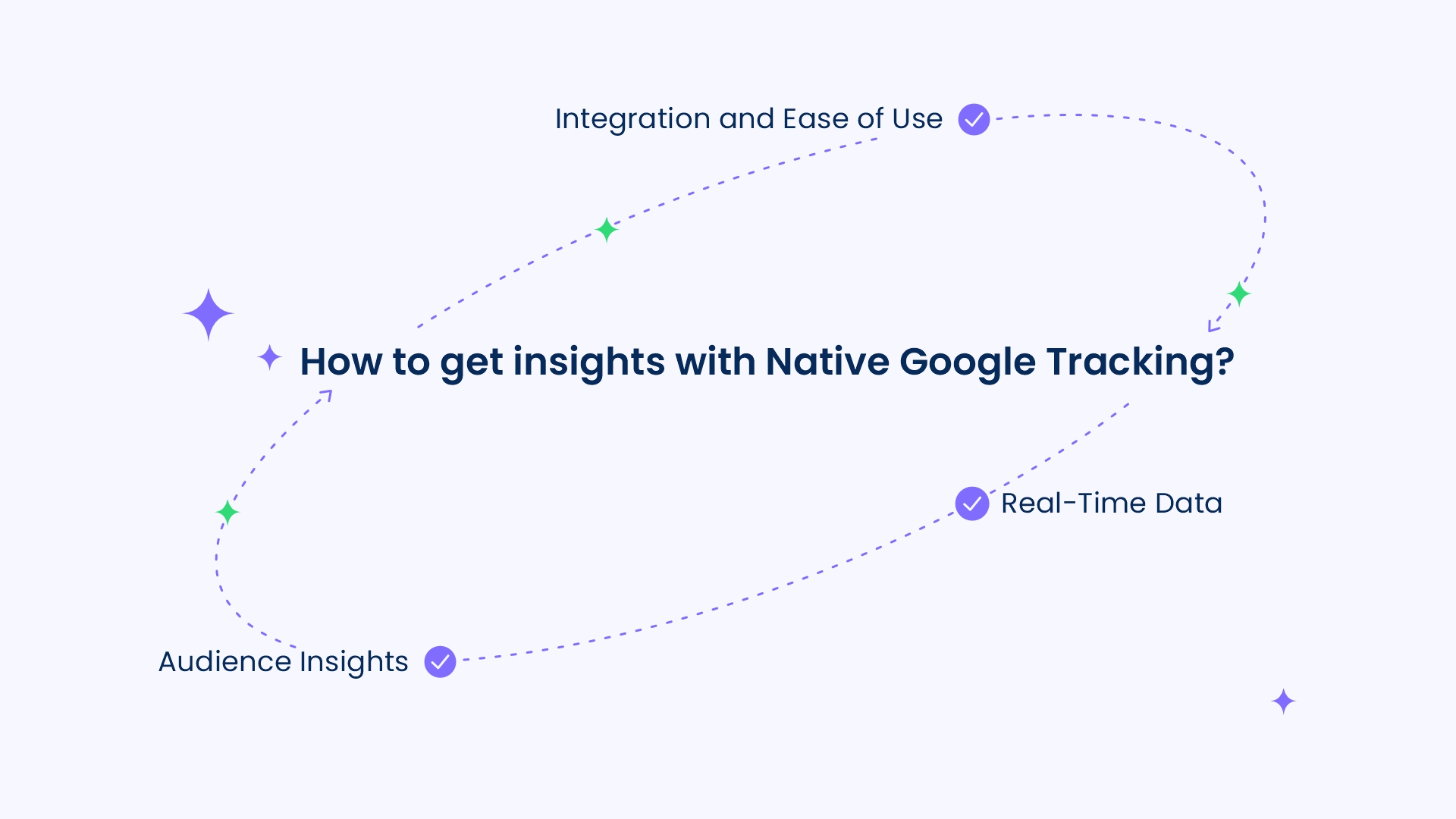
- Integration and Ease of Use: Native Google tools are seamlessly integrated with the Google Ads platform, ensuring a smooth tracking experience. Setting up these tools is relatively straightforward, allowing affiliate managers to quickly start gathering data.
- Real-Time Data: Google Analytics offers real-time data, enabling immediate insights into how campaigns are performing, which is crucial for timely optimizations.
- Audience Insights: These tools provide valuable information about the audience, such as demographics and behavior, which can be pivotal for refining targeting strategies.
However, while native Google tracking offers a wealth of data, it can sometimes lack the depth and granularity that more complex affiliate programs require. This is where third-party trackers come into play.
Third-Party Trackers: Extending Capabilities
Third-party tracking tools are designed to complement and extend the capabilities of native Google tracking. These tools are often more flexible and can provide deeper insights into the customer journey.
- Enhanced Attribution Modeling: Third-party trackers offer sophisticated attribution models, which are crucial in understanding the multi-touchpoint nature of customer journeys in affiliate marketing. They can track interactions across various platforms and touchpoints, attributing conversions more accurately to different campaign elements.
- Cross-Platform Integration: Unlike native Google tools, third-party trackers can integrate data from multiple advertising platforms. This holistic view is essential for affiliate managers overseeing campaigns across different channels, not just Google.
- Advanced Segmentation and Personalization: These tools often allow for more advanced segmentation and personalization, providing deeper insights into specific user behaviors and enabling more targeted campaign adjustments.
- Privacy and Compliance Features: In the face of tightening data privacy regulations, many third-party trackers offer advanced features to ensure compliance while still gathering useful data.
Their Role in the Affiliate Media Buyer’s Stack
In the modern affiliate marketing landscape, both native Google tracking and third-party trackers are integral to a comprehensive strategy. Native Google tools provide a solid base of data and are crucial for campaigns heavily reliant on Google’s ecosystem. They offer simplicity, ease of integration, and real-time insights that are invaluable for quick decision-making.
Third-party trackers, on the other hand, bring additional layers of depth and breadth to performance tracking. They are particularly valuable for complex affiliate programs that span multiple platforms and require nuanced attribution models. Their advanced capabilities in cross-platform tracking and user segmentation make them a vital component in the affiliate marketer’s toolkit.
In summary, a savvy affiliate marketing manager will likely employ both native Google tracking and third-party tools to create a robust, multi-faceted approach to campaign tracking. This combination ensures not only a comprehensive understanding of campaign performance but also a strategic alignment with evolving marketing objectives and regulatory landscapes.
Summary
Google emerges as a central pillar in the realm of digital marketing, providing media buyers and affiliate marketers with a versatile and powerful platform. Its vast user base, sophisticated targeting tools, and integration with a range of services make it a go-to choice for many marketers. By effectively harnessing Google’s capabilities and integrating third-party tracking tools, media buyers can navigate the digital advertising landscape successfully, achieving targeted outreach and maximizing return on investment in a privacy-conscious world.![]()

